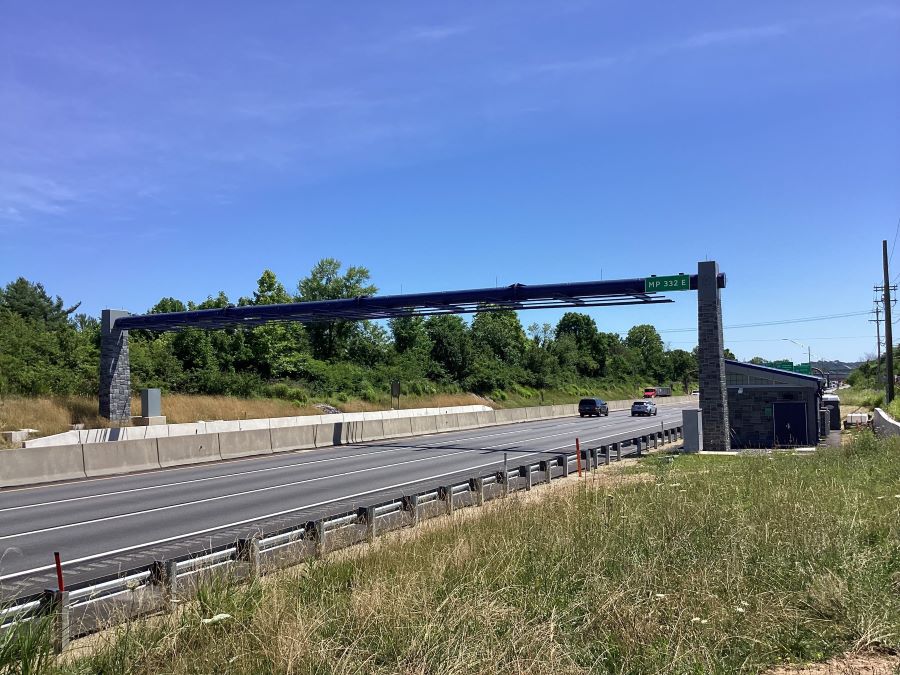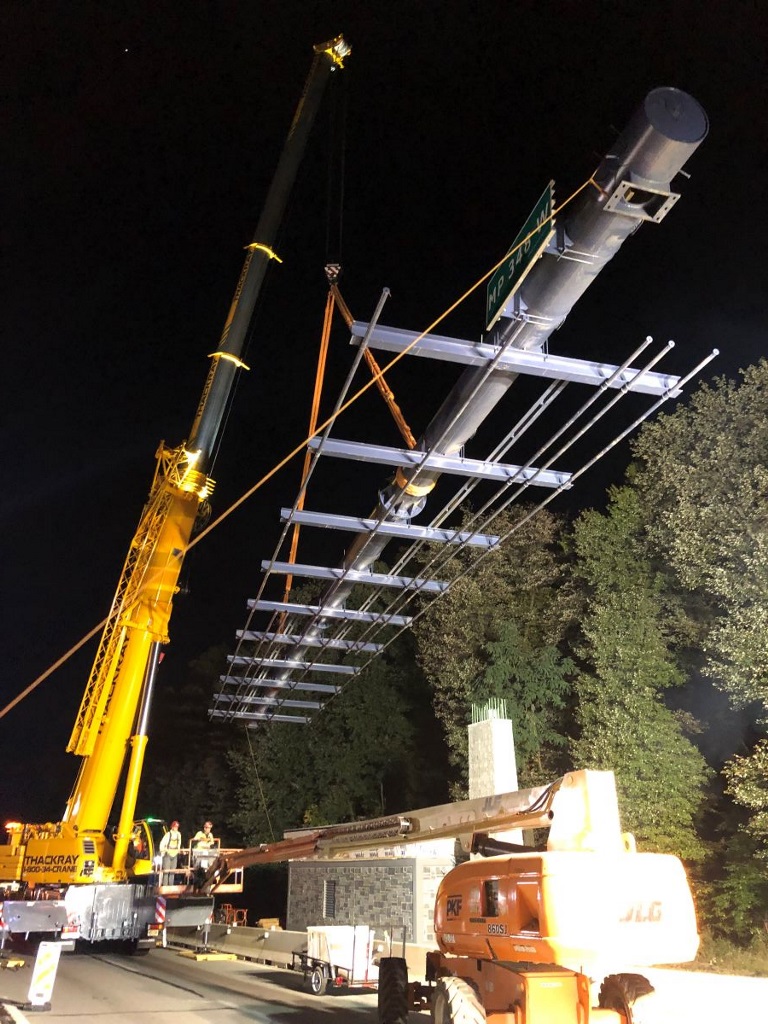What’s Being Built Along The PA Turnpike? Open Road Tolling Explained

If you've driven the PA Turnpike west of Reading recently, you might wonder, "What's going on with those buildings and columns being built along the roadway?"
It's all part of the Open Road Tolling (ORT) expansion, marking the Pennsylvania Turnpike's decade-long journey to modernize operations and meet customer expectations.
ORT Relocates Tolling Points From Interchanges To The Main Roadway
In this system, tolls are charged electronically as customers drive at highway speeds without slowing down or stopping beneath overhead structures — called gantries — located between interchanges. Equipment on the gantry and on the roadway classifies and identifies the vehicle and electronically processes tolls.
This change is driven by safety and customer preference – more than 86% of our users have E-ZPass accounts. Plus, over 226 toll facilities (roads, bridges and tunnels) across 23 states adopted all-electronic toll collection methods, according to the International Bridge, Tunnel and Tolling Association.
In January, ORT went live on the Turnpike’s eastern section, from Reading to the New Jersey line and on the entire Northeast Extension.
Tollbooth Removal And Interchange Reconfiguration Is Underway
This phase of the ORT expansion is expected to last through 2026. Drivers traveling west of Reading to the Ohio line can see ORT expansion in action as we are actively building its signature components along the roadway – the gantry buildings and gantries.
Once the gantries and adjacent structures are built, we will mount the tolling equipment and perform testing until the equipment goes live in January 2027.
Here’s how the pieces fit together:
- Stamped concrete pillars on either side of the road support the overhead frame, or gantry, which spans it.
- The gantry holds equipment to classify vehicles by height and axle number, detect E-ZPass transponders or capture license plate images.
- Additional sensors are embedded in the pavement beneath to support data collection.
- The building houses computer equipment and generators to run each gantry.
- Fiber optic lines, buried alongside the road, feed data from the gantries back to the Turnpike’s Customer Service Center, located in Harrisburg, for verification, processing, and payment. All data is secured and not shared.
ORT Benefits Travelers, Communities And The Commonwealth At Large

